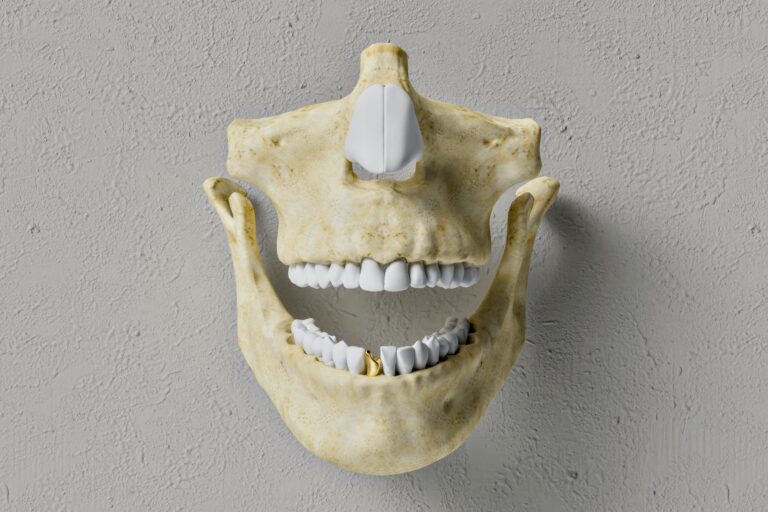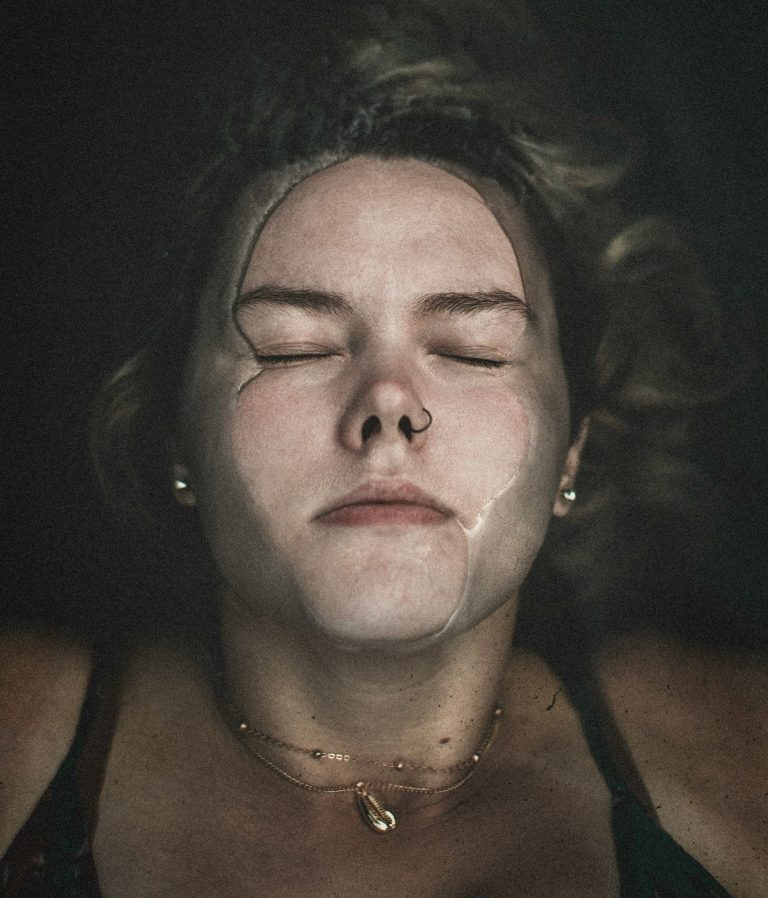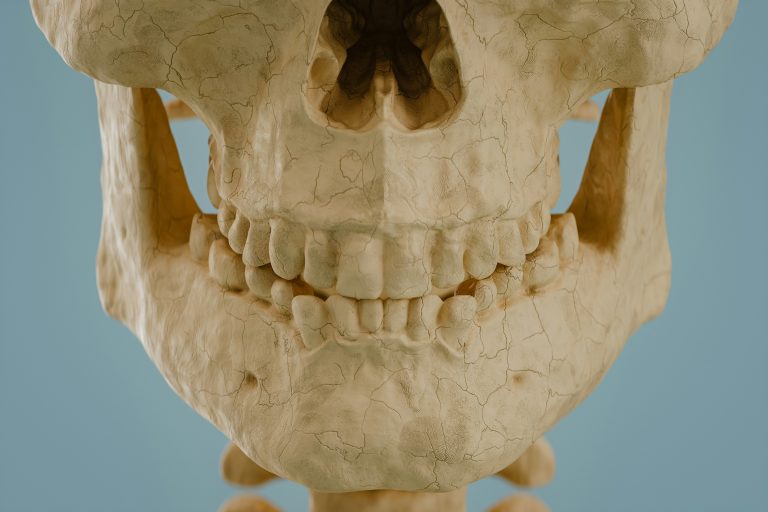Nerve repair in the face is a delicate process that may be necessary after an accident. facial paralysisa traumaa surgery or a viral infection such as the shingles or the Bell's palsy. Many patients are wondering: "How can we stimulate nerve repair in the face?".
The good news is that even though nerves regenerate slowly, there are effective ways of encouraging them to recover. Visit maxillofacial physiotherapy plays a key role, combined with a healthy lifestyle and appropriate medical care.
Understanding nerve repair in the face
Facial nerves control facial movements such as smiling, closing the eyes, chewing and expressing emotions. When a nerve is damaged, communication between the brain and the muscles is disrupted.
Nerve regeneration is possible, but slow: on average, a nerve regrows by about1 millimetre per day. Recovery time therefore depends on the severity of the injury and how early it is treated.
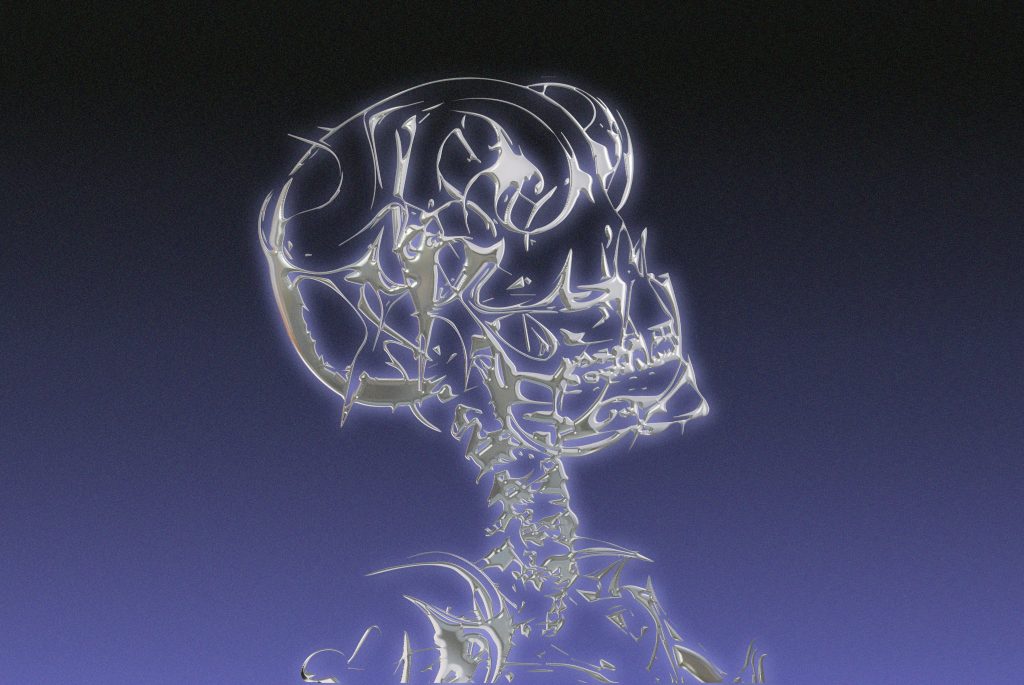
The keys to stimulating nerve repair in the face
1. Maxillo-facial physiotherapy: an essential approach
La specialised physiotherapy is one of the most effective ways of supporting facial nerve recovery. It allows :
- Stimulate facial muscles by targeted exercises, preventing them from atrophying.
- Improve coordination and facial symmetryThese are often disrupted after paralysis.
- Reduce muscular tension and pain that slow down recovery.
- Promote nerve plasticitythe ability of the nervous system to recreate new connections.
The maxillo-facial physiotherapist also teaches exercises to be practised at home, which are essential for prolonging the benefits between sessions.
2. Gentle muscle stimulation
Techniques for manual massagesof gentle mobilisation and sometimeselectrostimulation can be used to activate muscles and encourage the resumption of nerve signals.
3. The importance of patience and regularity
Nerve repair takes time. Follow-up must be regular accompanied by daily exercises at home. Early rehabilitation greatly increases the chances of a full recovery.
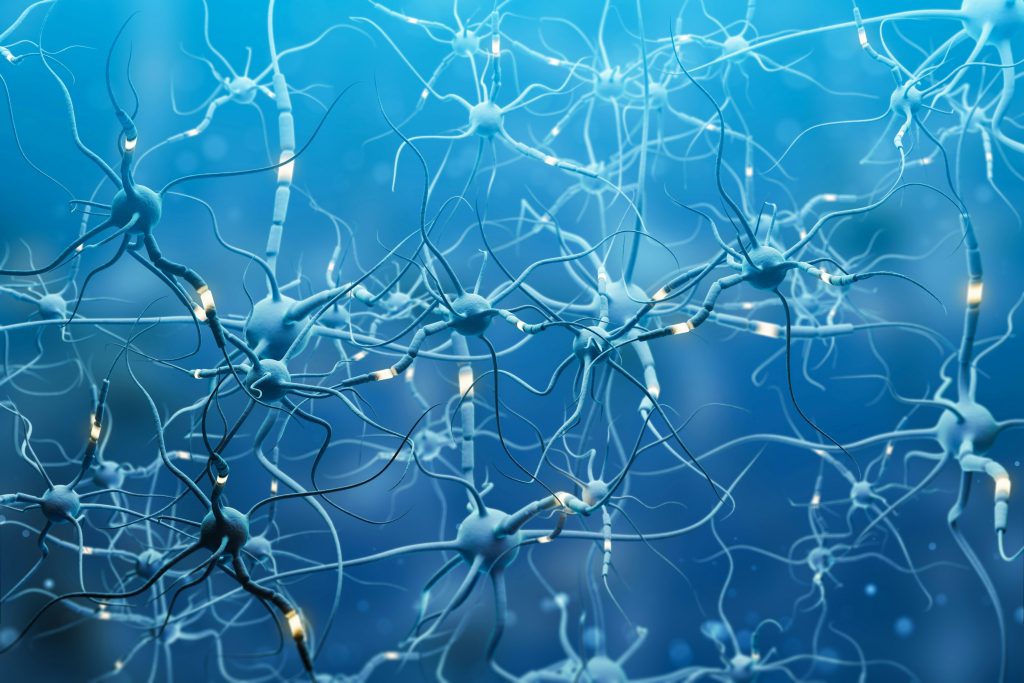
4. A lifestyle conducive to nerve regeneration
Certain factors can influence the speed of recovery:
- A balanced dietrich in B vitamins (B1, B6, B12) and omega-3, known to support nervous health.
- Good hydration to maintain tissue elasticity.
- A good night's sleepessential for regeneration mechanisms.
- Stress managementChronic stress can slow down recovery and aggravate muscular tension.
How long does it take to recover from facial nerve damage?
The duration varies from case to case. After a mild injury, recovery can take a few weeks to a few months. In the case of severe facial paralysis, rehabilitation may extend to 6 months to one yearor more.
Support from a maxillo-facial physiotherapist not only helps to shorten lead times recovery, but also to optimise the quality of the result (better mobility, fewer visible after-effects).

Conclusion: encouraging nerve repair is a team effort
Stimulating nerve repair in the face is not a one-size-fits-all solution, but rather a combination of different approaches. combined strategy :
- Precise medical monitoring,
- A healthy lifestyle,
- And above all, a maxillo-facial physiotherapy rehabilitationIt helps the nerves to regenerate, reduces after-effects and helps the patient to recover functionally and aesthetically.
Every little bit of progress helps to improve mobility, reduce pain and regain natural expression. Combined with a healthy lifestyle and the patient's perseverance, re-education becomes a real lever for recovery.
In short, facial nerve recovery is a gradual process, but with professional monitoring and appropriate care, it is possible to regain comfort, confidence and quality of life.

